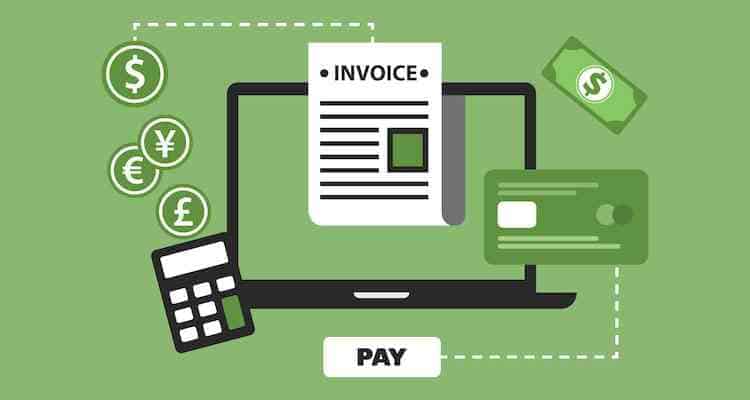So you’ve finally become your own boss and started your own small business. Congratulations! Whether you’ve got a brick-and-mortar storefront or do all of your work digitally from home, eventually, you’re going to need to get paid by customers. (That’s the whole goal, right?) How do you go about doing this if you don’t have your own administrative assistant or Chief Financial Officer to run the money side of things?
Relax! Invoicing clients isn’t as hard as it sounds like it might be. Here are a few tips to help get you started.
Have a Contract for Pricey Work
Every freelancer or small business owner can tell a similar story that took place when they were just getting their businesses off the ground. They started talking with a prospective client who needed a very large project completed or an order fulfilled. The pay would be fantastic, as it was a larger project than the business had ever scored before. Even though something seemed a bit amiss with the job, the business owner proceeded with it based on a handshake or an agreement over the telephone.
Then once the work was complete (say it with me, freelancers!), the payment never arrived. Either the customer disappeared into thin air or insisted that something wasn’t as originally agreed upon.
This is why it’s essential to always have a contract upfront. It should state the scope of work, any specific requirements, time frame, and payment terms. Getting a partial payment in advance isn’t a bad idea, either.
Determine How Often to Invoice
The next question is how often to invoice clients. Should you have them pay monthly or invoice them immediately as soon as work is complete? Should you invoice the client directly or use a company that specializes in invoice finance?
There is no right answer to this; it’s completely between you and your client. Some clients like to pay immediately to square everything away. Others prefer you to add to an ongoing invoice and bill monthly. You’ll also need to consider whether you need to get paid right away or if once-a-month payments will work for you. Whatever you decide, try to be consistent.
Utilize Free Invoice Templates
Perhaps the most intimidating part of invoicing a client for the first time is figuring out exactly how to do it. Do you just type things out in an email or Word document? How do they pay you?
Again, relax! With a free invoice template app like Invoice Home, all the hard work is done for you. Choose from tons of different invoice styles, layouts, and fonts and customize them to suit your business. Each invoice gives you the option to add contact info for you and the client, the date the invoice was generated and is due, details about the order, as well as terms and conditions or a personal message to your client.
Best of all, Invoice Home gives you more than just free invoice templates; it also provides an easy way for customers to pay you using a credit/debit card or Paypal.
After the hard work is done, getting paid shouldn’t mean another round of hard work. Once you’ve gained an understanding of how invoicing a client works, you’ll find that it’s the easiest part of the job.

